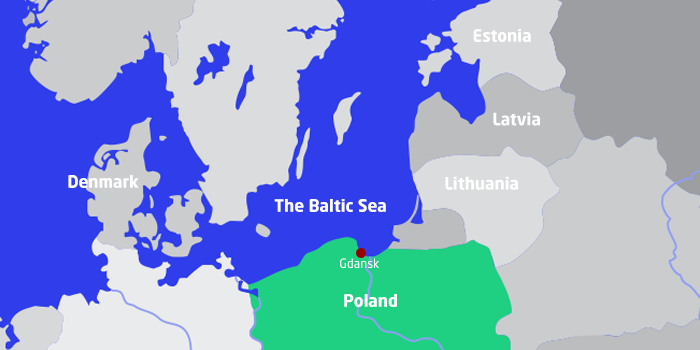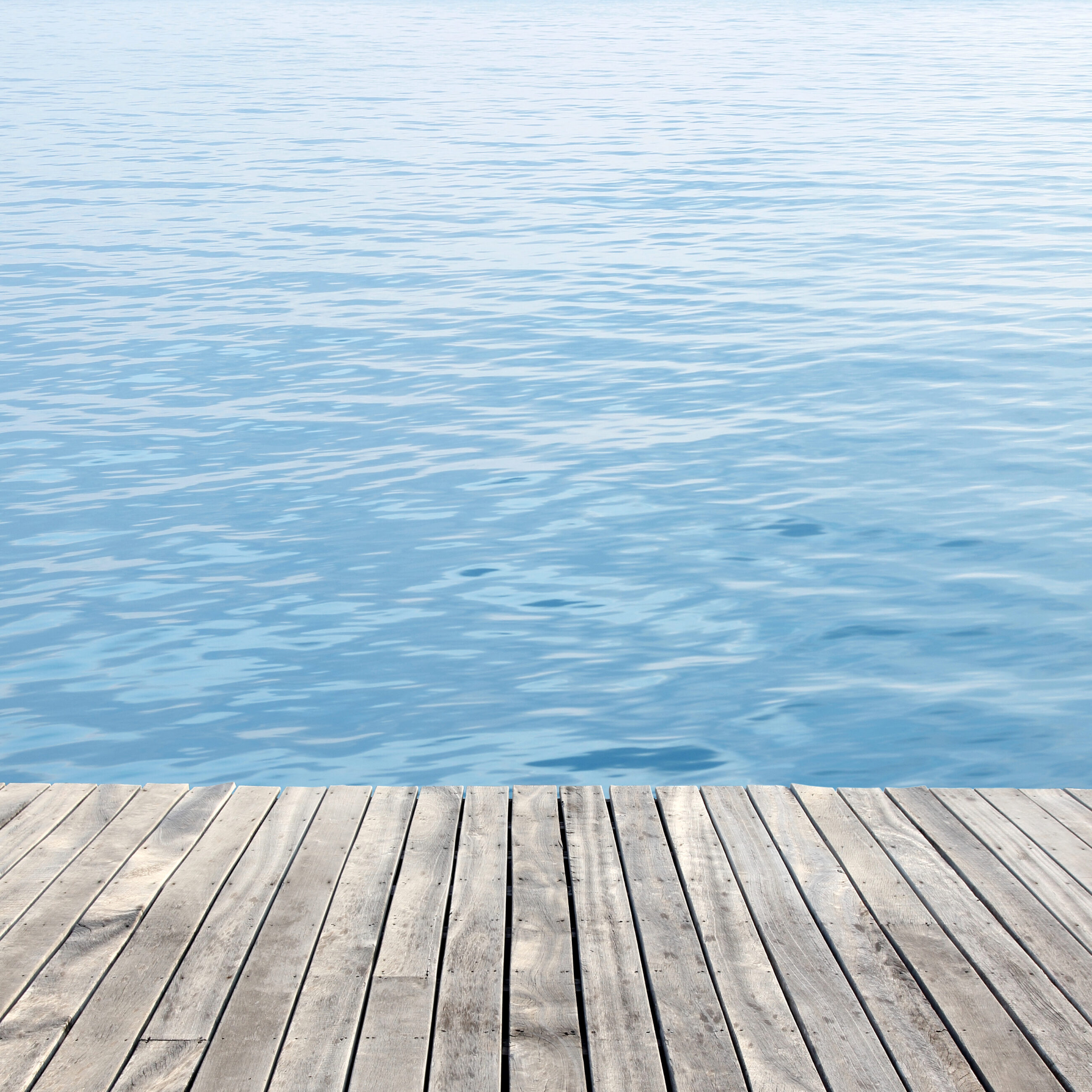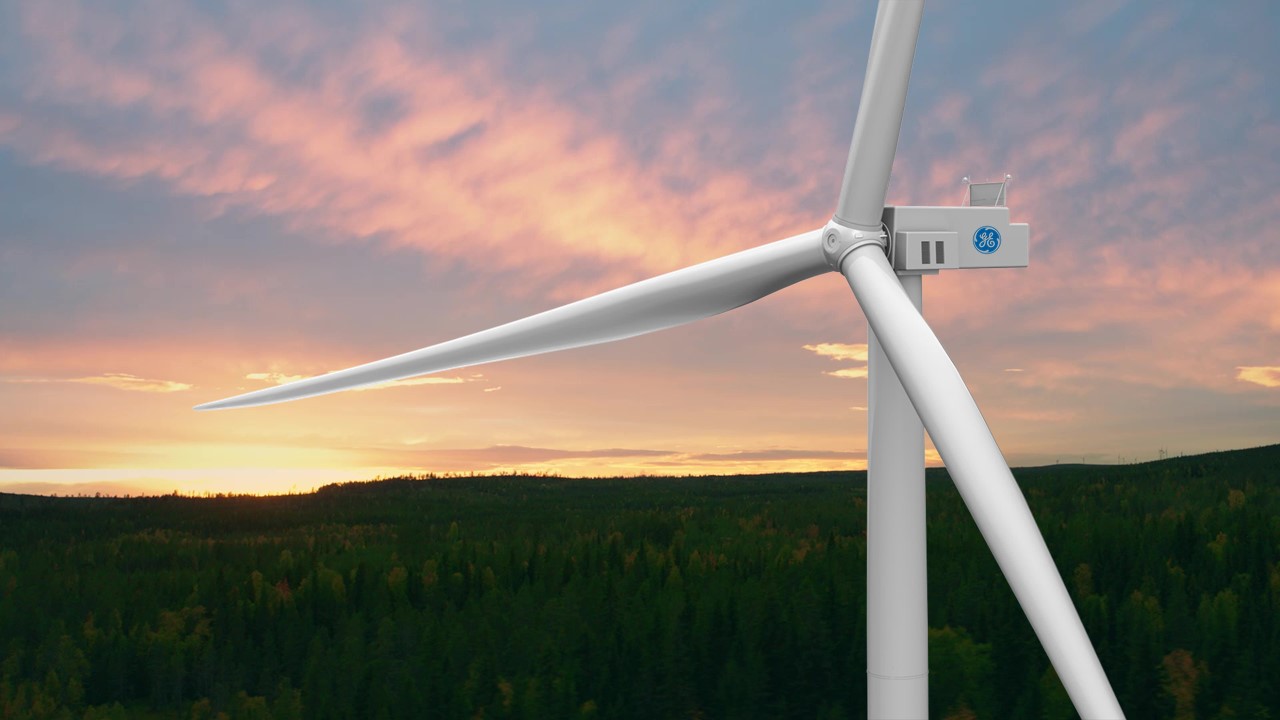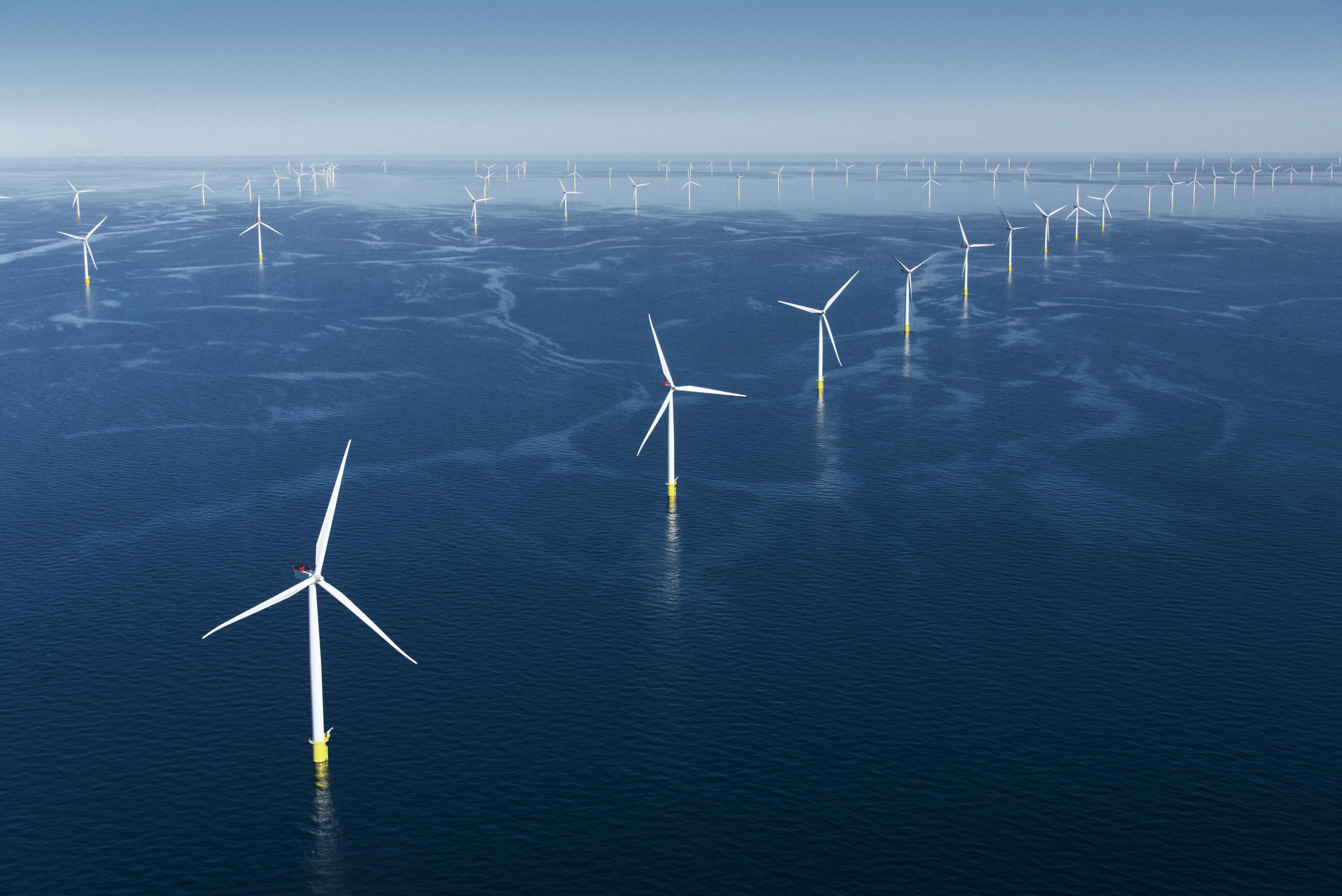News
Wind energy
A step towards a green transition in Poland


However, the winds of change are blowing, a process that started in earnest last year when Poland’s climate minister Michał Kurtyka announced that the country will invest in renewable energy, and build gigantic wind farms in the Baltic Sea. In this connection, the countries around the Baltic Sea signed an agreement to develop new offshore wind farms in the area. Denmark was one of the signatories.
However, you do not transform a nation’s energy supply overnight. In Denmark, the development has taken about 40 years. During this period, Danish researchers, engineers, and companies have acquired extensive experience which has put Danish wind research at the front of its field, and which can now benefit the Polish transition.
It has resulted in the Polish energy company PGE (Polska Grupa Energetyczna) and the Gdańsk University of Technology reaching out to DTU Wind Energy, one of the world’s leading research institutes in the field. Initially, the parties have signed a memorandum of understanding.
“The path from decision-making to the establishment of offshore wind turbines in the Polish part of the Baltic Sea can be shortened considerably if one takes advantage of the experience gained in Denmark,” says Cathy Suo, Head of Division for Wind Energy Systems at DTU Wind Energy.
Offshore wind turbines require engineers
In continuation of the memorandum of understanding which the parties have signed, there will be an exchange of knowledge, students, and researchers. Initially, for example, conferences, workshops, internships, and study visits will be organized as well as the development of joint project applications to the EU or other organizations. In the long run, this could lead to the Gdańsk University of Technology wanting to be able to train its own engineers with the necessary expertise.
“Teaching the teaching staff will enable the technical universities to train tomorrow’s engineers, who need expert knowledge of the very complex aspects of offshore wind turbine technology,” says Cathy Suo.
First step towards a Baltic transition
Furthermore, Cathy Suo sees the exchange with Poland as an important step towards sustainable energy production. Initially, this will lead to increased offshore wind turbine capacity in Poland, but may well soon include all the Baltic Sea states.
“We’re in dialogue with Lithuania, which is also willing to participate in the green transition, and thus we’re taking the first steps towards making the Baltic region greener. The first steps are often the hardest, so they are crucial to the development being sought by Europe and the world. In short, it’s important that we bolster the green transition and realize it faster.”
At the same time, the Polish energy authorities have entered into an agreement with the Danish energy company Ørsted on the establishment of the first offshore wind farms in the Polish part of the Baltic Sea. Ørsted expects that this will also accelerate the local supply chain, and promote economic activity in the area.















